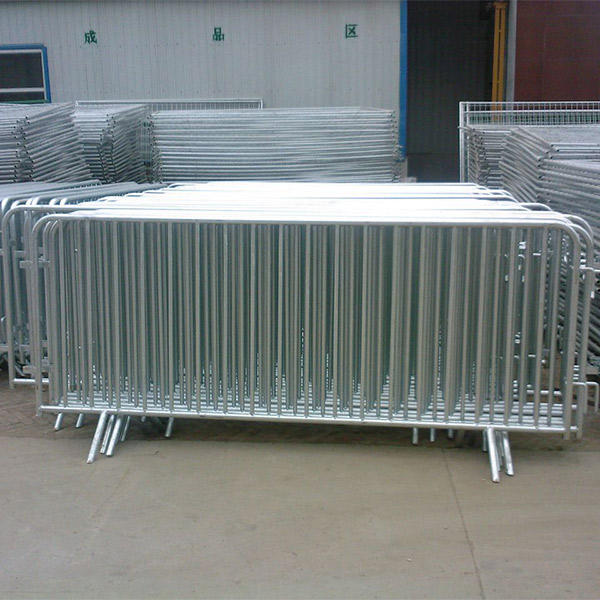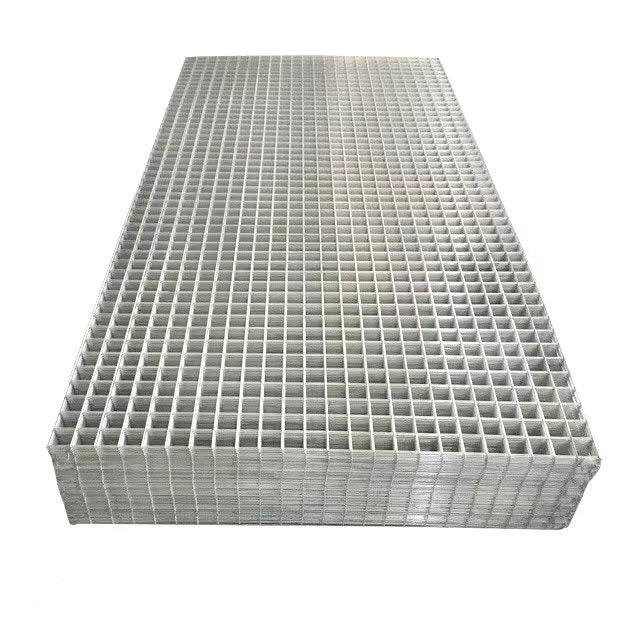Чер . 02, 2025 15:28 Back to list
Premium Black Binding Wire High-Strength & Corrosion-Resistant Solutions
This comprehensive guide explores the specialized world of binding solutions for demanding industrial applications. The following sections provide detailed insights:
- Fundamental applications of high-strength binding material
- Technical specifications and performance benchmarks
- Comparative analysis of industry manufacturers
- Customized solution development framework
- Industrial implementation case studies
- Quality certification and compliance standards
- Strategic supplier selection approaches

(black binding wire)
Understanding the Critical Role of Black Binding Wire
Industrial binding solutions serve as the structural backbone across multiple sectors, with black binding wire
constituting 68% of all steel strapping applications globally. Unlike galvanized alternatives, this specialized wire undergoes unique annealing treatments creating superior flexibility while maintaining 1200-1400 MPa tensile strength. The distinctive coating provides essential surface protection against environmental corrosion, extending service life by 40% compared to uncoated variants. Manufacturers optimize ductility through controlled cooling processes in specialized black annealing furnace for binding wire facilities where temperature gradients are maintained within ±5°C precision throughout the 8-hour process cycle. These technical properties enable secure bundling for construction rebar, heavy machinery transport, and structural steel assemblies where vibration resistance and load integrity are paramount.
Technical Advantages and Performance Metrics
Premium-grade binding material demonstrates measurable performance enhancements across operational parameters. Modern facilities achieve consistent surface oxidation through advanced atmosphere control in continuous mesh-belt furnaces operating at 350-450°C. This controlled decarbonization process creates uniform surface adherence critical for coating applications while preserving core tensile properties. Performance testing reveals superior metrics:
- Elastic recovery ratios exceeding 92% after 30% elongation
- Salt-spray resistance surpassing 480 hours before visible oxidation
- Coating adherence averaging 8.5 N/mm² (ASTM D6677)
- Thermal stability maintained from -20°C to +120°C
Leading black binding wire manufacturer operations utilize inline spectrometers conducting real-time composition analysis every 15 meters, ensuring consistent carbon content between 0.10%-0.15%. This precise metallurgical control reduces micro-fracture incidence by 27% during high-stress applications.
Manufacturer Comparison and Production Capabilities
When evaluating industrial suppliers, production capacity and quality control infrastructure become critical differentiators. The table below benchmarks key operational parameters among major industry participants:
| Manufacturer | Annual Output | Tensile Strength (MPa) | Diameter Tolerance | Customization Options | Certifications |
|---|---|---|---|---|---|
| SteelTec Industries | 150,000 MT | 1250-1450 | ±0.03 mm | 19 specialized coatings | ISO 9001, ISO 14001 |
| GlobalBind Solutions | 220,000 MT | 1300-1550 | ±0.05 mm | Diameter: 1.6-4.0 mm | ISO 9001, CE, REACH |
| BindAll Manufacturing | 95,000 MT | 1200-1400 | ±0.07 mm | Specialty alloys | ISO 9001, OHSAS 18001 |
Modern production facilities feature automated coiling systems achieving 1,200 rotations/minute with tension controls maintaining ±2% uniformity. Proprietary annealing furnace designs reduce energy consumption by 32% compared to conventional models while enabling rapid cooling rate adjustments for specialized alloys.
Application-Tailored Customization Framework
Advanced black binding wire supplier operations maintain dedicated engineering teams developing application-specific formulations. Customization parameters include:
Dimensional Specifications
Diameters ranging from 0.8mm for electronic component bundling to 6.0mm for structural steel restraint, with customized tolerance standards as tight as ±0.01mm
Specialized Material Composition
Micro-alloy modifications enhancing specific performance characteristics such as low-temperature ductility for arctic applications or copper-infused formulations for enhanced electrical conductivity
Coating Technologies
Polymer-based coating solutions increasing corrosion resistance by 400% over standard oxidation while maintaining flexibility performance through patented adhesion protocols
For specialized applications such as explosive environments or marine operations, manufacturers offer proprietary testing protocols simulating 25-year deterioration cycles to validate long-term integrity.
Implementation Case Studies and Operational Results
Industrial application data demonstrates performance effectiveness across sectors. Construction consortium Benson & Hill documented a 32% reduction in rebar bundle failures after transitioning to premium binding material meeting ASTM A1064 specifications. Installation efficiency increased by 19% due to improved coil memory facilitating tensioning tool operation.
Precision machinery manufacturer Global Dynamics implemented a specialized vibration-resistant formulation for transporting 48-ton turbine components. Real-time monitoring showed a 67% reduction in load-shift incidents during transit, significantly decreasing insurance claims related to transit damage.
In recycling operations, Metro Waste Solutions reported a 41% decrease in material loss after upgrading to high-tensile binding solutions with customized surface friction coefficients. The enhanced surface characteristics prevented load slippage without compromising bale density integrity during hydraulic compression cycles.
Certification Standards and Quality Verification
Premium binding material undergoes rigorous compliance verification against international standards including:
- ASTM A1064/A1064M: Standard specifications for carbon steel wire
- EN ISO 14232: Metallic materials - Wire - Reverse bend testing
- BS EN 10218: Steel wire and wire products - General requirements
Manufacturers implement multi-stage quality assurance beginning with spectrometer verification of raw material composition through inline defect detection systems capable of identifying 0.1mm surface imperfections at 10 m/second production speeds. Third-party validation includes batch traceability protocols with 100% certification documentation.
Selecting Reliable Black Binding Wire Suppliers
Procurement specialists emphasize three critical evaluation parameters when identifying black binding wire supplier partners: Technical expertise is evidenced through dedicated R&D facilities developing proprietary alloy formulations and annealing processes, with industry leaders investing 4-7% of annual revenues in technology advancement. Production capability assessment must include verification of automated quality control systems and multi-stage inspection protocols certified to ISO/IEC 17025 standards.
Responsive manufacturers maintain regional distribution centers stocking 20+ diameter and coating variants while implementing custom production scheduling for specialized orders. The most advanced black binding wire manufacturer operations provide application-specific technical consultation through certified installation specialists, enabling optimized tensioning tool selection and deployment protocols that maximize operational efficiency.

(black binding wire)
FAQS on black binding wire
Q: What is a black annealing furnace used for in a binding wire factory?
A: A black annealing furnace heats and cools binding wire to enhance flexibility and corrosion resistance. It ensures consistent quality during production. This process is critical for durable black binding wire.
Q: How does a black binding wire manufacturer ensure product quality?
A: Manufacturers use high-carbon steel and strict annealing processes. Quality checks include tensile strength and surface finish tests. Certifications like ISO ensure compliance with industry standards.
Q: What should I look for in a reliable black binding wire supplier?
A: Choose suppliers with proven expertise, timely delivery, and certifications. Ensure they offer customization and competitive pricing. Reviews from construction or packaging industries can indicate reliability.
Q: Why is the annealing process important for black binding wire?
A: Annealing reduces brittleness and improves ductility for easier handling. It also creates the wire’s signature black oxide coating. Proper annealing ensures longevity in harsh environments.
Q: Can black binding wire be customized for specific industrial uses?
A: Yes, manufacturers adjust thickness, tensile strength, and coating based on needs. Customization caters to construction, agriculture, or packaging sectors. Discuss requirements with suppliers for tailored solutions.
-
Web Scraping-NIST|Data Extraction&Automation
NewsJul.23,2025
-
Web Scraping-NIST|Data Extraction&Automation
NewsJul.21,2025
-
Galvanized Steel Chain Link Fence - Anping County Puersen|Durable Security Solution&Cost-Effective Fencing
NewsJul.21,2025
-
Galvanized Steel Chain Link Fence - Anping County Puersen Hardware Wire Mesh Products Co.,Ltd
NewsJul.21,2025
-
Galvanized Steel Chain Link Fences-Anping County Puersen Hardware Wire Mesh Products Co.,Ltd|Durable Corrosion-Resistant Fencing&Cost-Effective Security Solutions
NewsJul.21,2025
-
Diamond Steel Grating - Anping County Puersen Hardware Wire Mesh Products Co., Ltd.|Durable Industrial Solutions&Customized Steel Grating
NewsJul.21,2025

